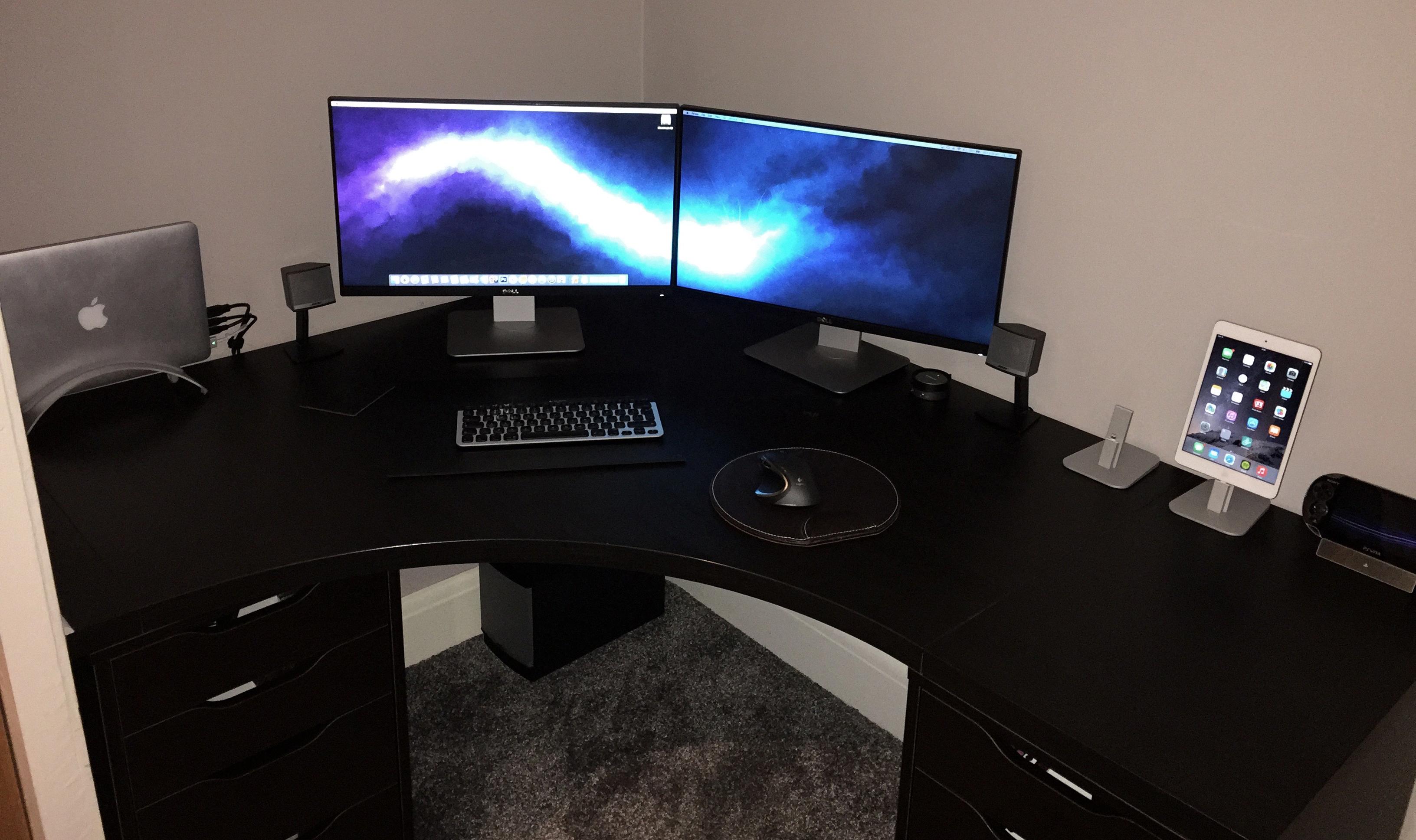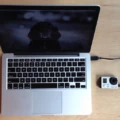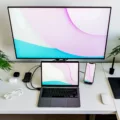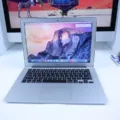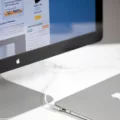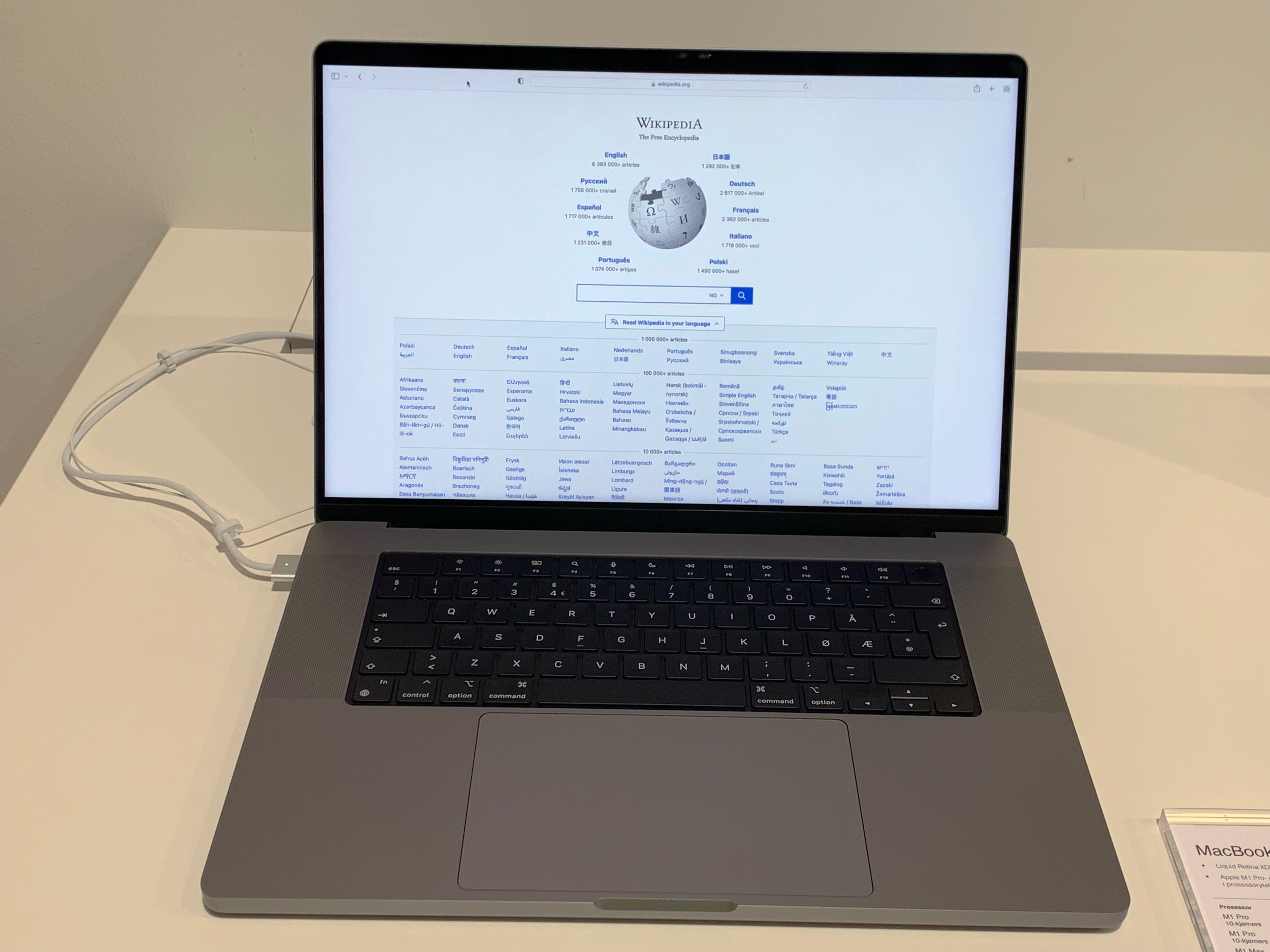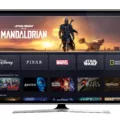The MacBook Pro 2016 is a powerful and versatile laptop that comes with a variety of features including a high-resolution Retina display, powerful Intel Core i5 or i7 processors, and up to 16GB of RAM. With its sleek design and lightweight frame, the MacBook Pro 2016 is perfect for on-the-go computing. But what about using an external monitor? Fortunately, the MacBook Pro 2016 makes it easy to connect to an external monitor to get the most out of your laptop.
The MacBook Pro 2016 comes with two Thunderbolt 3 (USB-C) ports which can be used to connect an external monitor. Thunderbolt 3 ports support up to two displays at 4K resolution with a 60Hz refresh rate, while a single display can be connected at up to 6K resolution with a 60Hz refresh rate. You’ll need to use a compatible cable or adapter depending on what type of port your monitor has (Mini DisplayPort, Thunderbolt 2, HDMI, etc.).
Once you’ve connected your monitor, you can adjust the settings in System Preferences -> Displays for optimal viewing. Here you can change the resolution and other settings like brightness and contrast as well as select between mirroring or extending your desktop onto the external display. You can also change the orientation of the display from landscape to portrait if needed.
The MacBook Pro 2016 is an amazing laptop packed with plenty of power and features that make it great for everyday use but also for more demanding tasks that require extra screen real estate. With its ability to easily connect an external monitor via Thunderbolt 3 ports, the MacBook Pro 2016 is truly a machine that offers users both portability and versatility in one device!
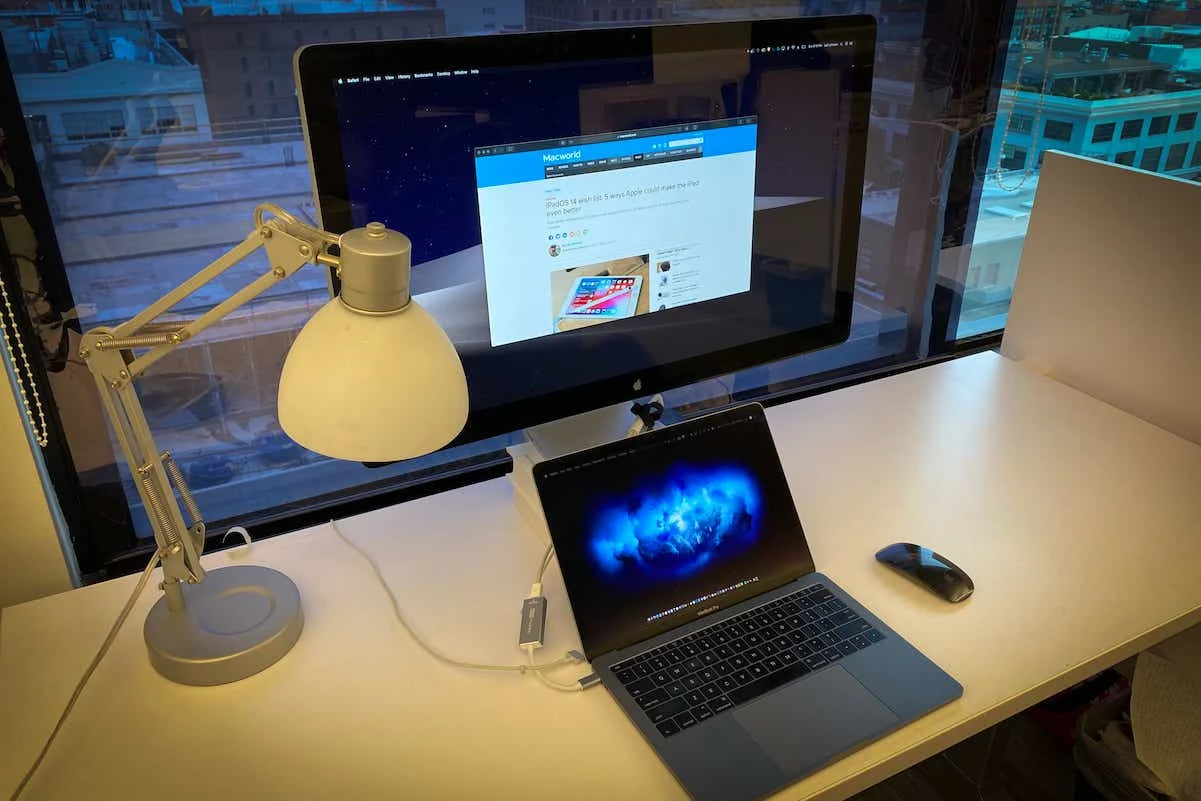
Connecting Two Monitors to a 2016 MacBook Pro
Yes, you can connect up to two monitors to your 2016 MacBook Pro. The connection depends on which ports your 2016 MacBook Pro has. If it has Mini DisplayPort, Thunderbolt, or Thunderbolt 2 ports, then you can connect up to two displays. To do this, you can either connect the displays directly to the ports of your MacBook Pro or use a display cable that connects one display to another and then connect one of the displays to a port on your Mac. If the displays themselves have Thunderbolt ports, you can even connect one display to another and then connect one of the displays to a Thunderbolt port on your Mac.
Troubleshooting MacBook Pro Connection to Monitor
The most common reasons why a MacBook Pro may not connect to a monitor are either due to an incorrect connection setup, outdated drivers or software, or a faulty cable. Make sure that the cable you are using is compatible with your Mac and monitor, and that it is securely connected. You may also need to update your display drivers or install the latest version of macOS on your machine. If none of these solutions work, then you may need to replace your cable or adapter.
Connecting a MacBook Air 2016 to a Monitor
Yes, you can connect a MacBook Air 2016 to an external display such as an Apple Studio Display, a projector, or an HDTV. The USB-C ports on your MacBook Air support video output and can be used to attach one external display with up to 6K resolution at 60Hz. Before connecting the device, make sure it is compatible and supports the same resolution as your MacBook Air.
Can a MacBook Pro Connect to Two Monitors Using HDMI?
Yes, the MacBook Pro is capable of supporting two monitors via HDMI. The 13-inch and 15-inch models have two Thunderbolt 4 (USB-C) ports, which can be used to connect one monitor via HDMI. Additionally, the 16-inch model has an additional HDMI port, allowing for a second monitor to be connected directly. All three models also support up to 6K external displays over Thunderbolt 4 (USB-C).
Number of Monitors Connectable to MacBook Pro 16
You can connect up to three external displays with up to 6K resolution and one external display with up to 4K resolution at 60Hz at over a billion colors with your MacBook Pro 16. This means you can have a total of four monitors connected for increased productivity and expanded viewing space.
Troubleshooting HDMI Display Issues on Mac
If your Mac is not displaying through HDMI, it could be due to a few different causes. Firstly, it could be an issue with the connection between the HDMI device and your Mac. Ensure that the cable is securely connected to both the HDMI device and your Mac, and try unplugging and then plugging in the cable again. If this doesn’t work, it’s possible that your Mac isn’t recognizing the device you are trying to connect with. Try turning off both devices and then turning them on again to see if your Mac detects the HDMI device. If none of these solutions works, you may need to check for updates or contact AppleCare for additional support.
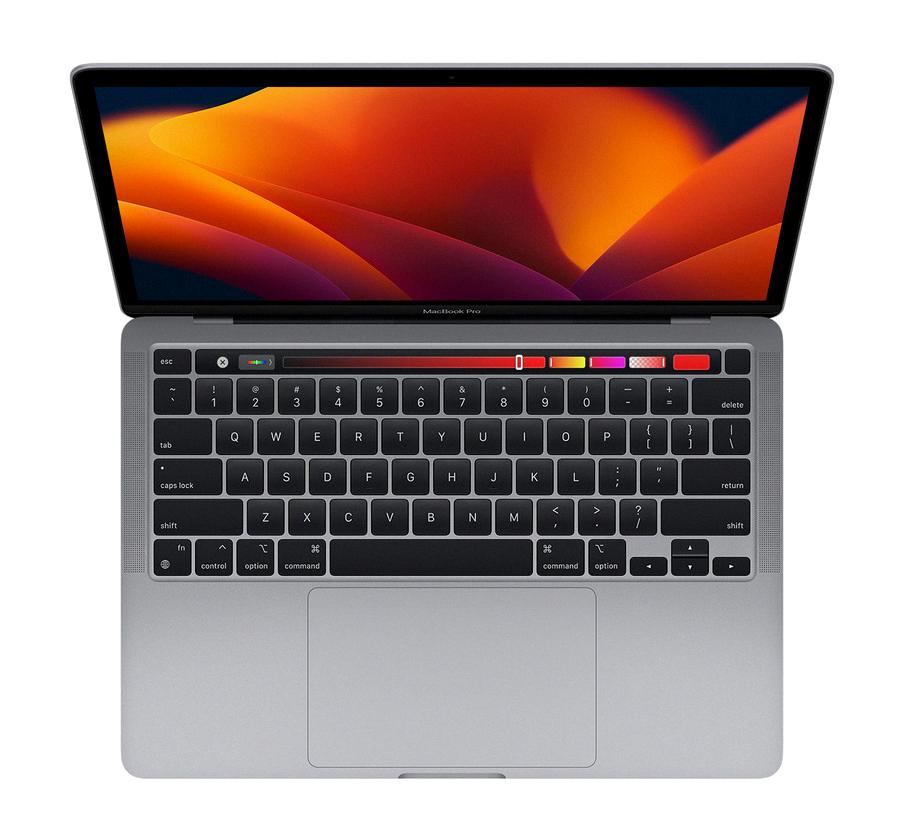
Source: apple.com
Connecting a MacBook Pro to a Monitor
The best way to connect a MacBook Pro to a monitor depends on the type of monitor you are using. If you are using a VGA display or projector, you can use a USB-C VGA Multiport Adapter to connect the display or projector to a Thunderbolt port on your MacBook Pro. For an HDMI display or HDTV, you can plug a cable from the HDMI display or HDTV directly into the HDMI port on your 14-inch or 16-inch MacBook Pro.
Connecting a MacBook Pro to a Monitor
To connect your MacBook Pro to a monitor, you will need an HDMI cable. This cable is used to transmit both audio and video signals between the two devices. You can purchase an HDMI cable at most electronic stores or online retailers. Make sure the cable is compatible with your laptop and monitor. Additionally, you may need an adapter to connect the cable to your laptop if it has a different port than the one on the monitor.
What Adapter Is Needed to Connect a Monitor to a MacBook?
If you have a MacBook and are looking to connect it to an external monitor, you will need an adapter. The most common type of adapter is the Apple USB-C Digital AV Multiport Adapter, which can be used to connect a MacBook to a monitor via an HDMI cable. Alternatively, if your Mac has an HDMI port, you can directly connect your monitor without needing an adapter.


